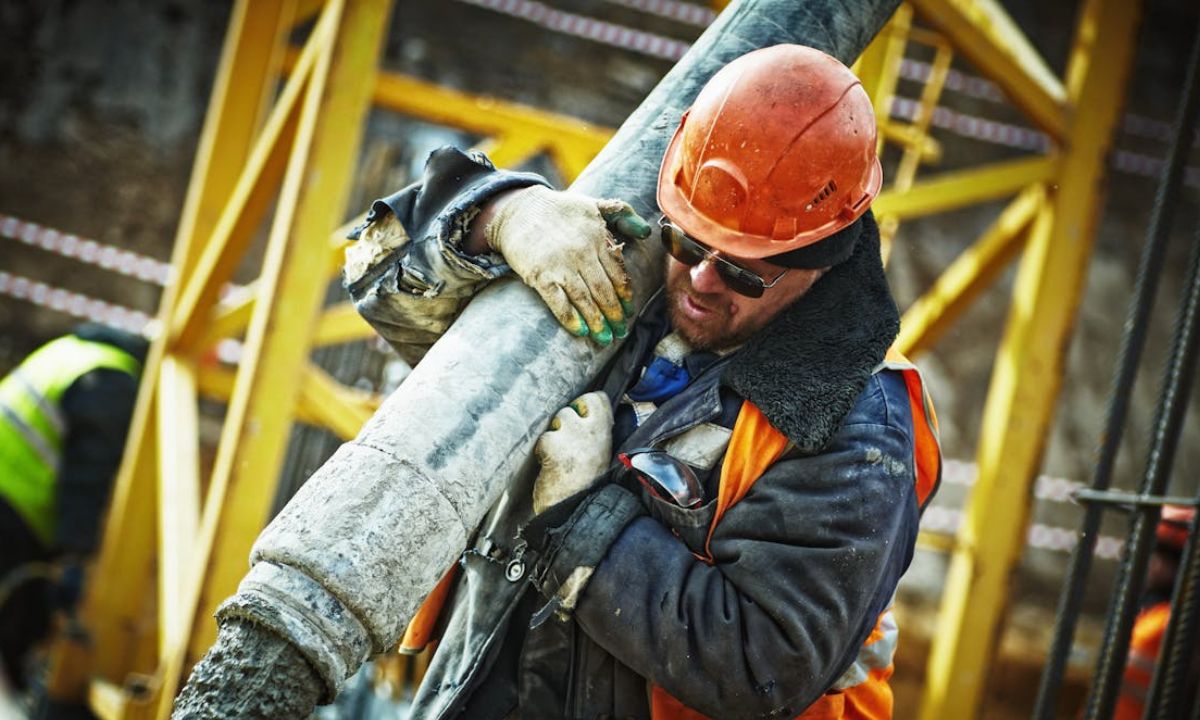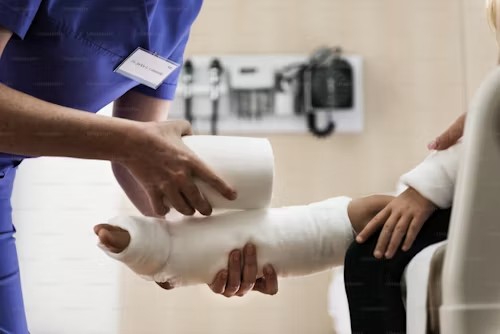Falls are one of the leading causes of workplace injuries, particularly in industries like construction, maintenance, and manufacturing. To tackle this serious safety risk, work safety harnesses play a vital role in protecting workers and ensuring a safer work environment. These life-saving devices prevent injuries by reducing fall risks and demonstrate an employer’s commitment to prioritizing worker safety.
Both employers and employees must understand how safety harnesses work and why they are essential. This blog will explore the importance of work safety harnesses, their applications across industries, and how they contribute to building a robust culture of workplace safety.
Understanding Safety Harnesses
What Are Safety Harnesses and How Do They Work?
A safety harness is a protective device designed to safeguard workers by securing them to an anchor point at height. If a fall occurs, the harness minimizes the impact on the body and prevents workers from hitting the ground. Typically made of durable materials like nylon or polyester, they distribute the force of a fall to protect vulnerable parts of the body.
Types of Safety Harnesses and Their Uses
Different workplaces require specific safety harnesses suited to the environment. Here are some common types:
- Full-Body Harness: Offers maximum protection by supporting the shoulders, waist, and thighs. Ideal for construction and maintenance tasks at heights.
- Chest Harness: Designed for jobs requiring a vertical position, such as inspections in confined spaces.
- Sit Harness: Provides support for climbers or workers suspended in rope access jobs.
- Specialized/Industry Harness: Tailored to specific industries like rescue services or mining.
Key Components of Safety Harnesses
Every safety harness is built with key components to ensure functionality and reliability, including:
- Anchor Points: Secure attachment to fixed structures.
- Lanyards: Shock-absorbing connectors that reduce the force of a fall.
- Dorsal D-Rings: Positioned at the back for secure tethering.
- Adjustable Straps: Allow a customized fit for maximum comfort and safety.
Importance in Various Industries
Industries Where Safety Harnesses Are Crucial
Here are industries that rely heavily on safety harnesses to protect their workers:
- Construction: Workers perform tasks like roofing, scaffolding, and ladder work at elevated heights.
- Manufacturing: Harnesses prevent injuries during maintenance or equipment installation.
- Telecommunications: Linemen and technicians working atop towers rely on harnesses to stay safe.
- Oil & Gas: Harnesses ensure the safety of workers inspecting, installing, or repairing rigs.
Effectiveness of Safety Harnesses
Consider this powerful data point from OSHA (Occupational Safety and Health Administration): Fall protection, including safety harnesses, has saved thousands of lives annually. A case study involving a construction company showed a 70% reduction in fall-related injuries after implementing custom safety harness systems.
Legal and Regulatory Requirements
OSHA Regulations and Compliance
OSHA mandates strict fall protection standards across industries. For example:
- Fall protection is required for elevations of 6 feet in the construction industry and 4 feet in general industry settings.
- Employers are responsible for providing appropriate harnesses and comprehensive fall protection training.
Employer and Employee Responsibilities
- Employers must ensure that equipment is available, inspected, and maintained. They must also arrange regular safety training.
- Employees should properly wear and inspect harnesses before every use.
Non-compliance can lead to hefty fines, reputational damage, and, most importantly, life-threatening workplace injuries.
Choosing the Right Safety Harness
Factors to Consider
Selecting the correct harness is crucial. Consider the following:
- Type of Work: Choose based on the specific tasks and environment (e.g., construction or confined spaces).
- Fit and Comfort: Ensure proper fitting to avoid discomfort and chafing.
- Weight Capacity: Verify that the harness supports the weight of the worker and any tools they may carry.
Importance of Training and Proper Fitting
Even the best safety harness won’t be effective if it’s not worn correctly. Training sessions should emphasize proper donning (putting on) procedures, adjustments, and secure tethering.
Best Practices for Safety Harness Use
Proper Donning and Doffing
Here’s a quick guide to wearing your harness properly:
- Hold the harness by the D-ring and untangle all straps.
- Step into the loops and pull it over your shoulders.
- Secure chest and leg straps and adjust for a snug fit.
Maintenance and Inspection
Regular upkeep ensures your harness remains reliable:
- Inspect for visible wear and tear like frayed straps or rusted components.
- Clean with mild soap and warm water—avoid harsh chemicals that could weaken materials.
- Store harnesses in a cool, dry place away from direct sunlight.
The Cost of Non-Compliance
Financial Costs
Neglecting safety not only leads to fines but high compensation claims. According to OSHA, fall-related injuries cost U.S. employers $70 billion annually in medical expenses, legal fees, and lost productivity.
Human Costs
Beyond financial losses, the human cost of preventable workplace injuries is devastating. Workers face potential long-term disability or fatal consequences, while their families bear emotional and financial stress.
The Future of Work Safety
Emerging Technologies
Cutting-edge technologies are enhancing safety harness design:
- Smart Harnesses with built-in sensors to monitor worker movement.
- Auto-Locking Devices to automatically secure workers to anchor points.
- Lightweight Materials for added comfort without compromising durability.
The Role of Safety Culture
A safety-first work culture is the foundation of lasting workforce well-being. Employers who prioritize safety empower workers, reduce accidents, and foster trust and collaboration.
Keeping Your Team Safe with Safety Harnesses
Safety harnesses are indispensable tools for safeguarding workers from falls and enhancing workplace safety. By choosing the right equipment, complying with regulations, and fostering a strong safety culture, employers and employees alike can reduce risks and create a healthier work environment.
Start prioritizing work safety today. Explore our blog for more expert insights and tips to build a safer workplace!
FAQs
1. What are safety harnesses used for?
Safety harnesses are used to protect workers from falls during tasks performed at height, such as construction, maintenance, or tower work.
2. What industries require safety harnesses?
Industries like construction, manufacturing, telecommunications, and oil & gas frequently rely on safety harnesses to prevent fall-related injuries.
3. How do I choose the right safety harness?
Consider factors such as the type of work, fit and comfort, weight capacity, and compliance with safety standards.
4. What are OSHA requirements for safety harnesses?
OSHA mandates fall protection for heights over 4 feet (general industries) or 6 feet (construction) and requires employers to provide proper safety equipment and training.
5. How often should safety harnesses be inspected?
Safety harnesses should be inspected before each use and undergo thorough professional inspections at least once a year.











